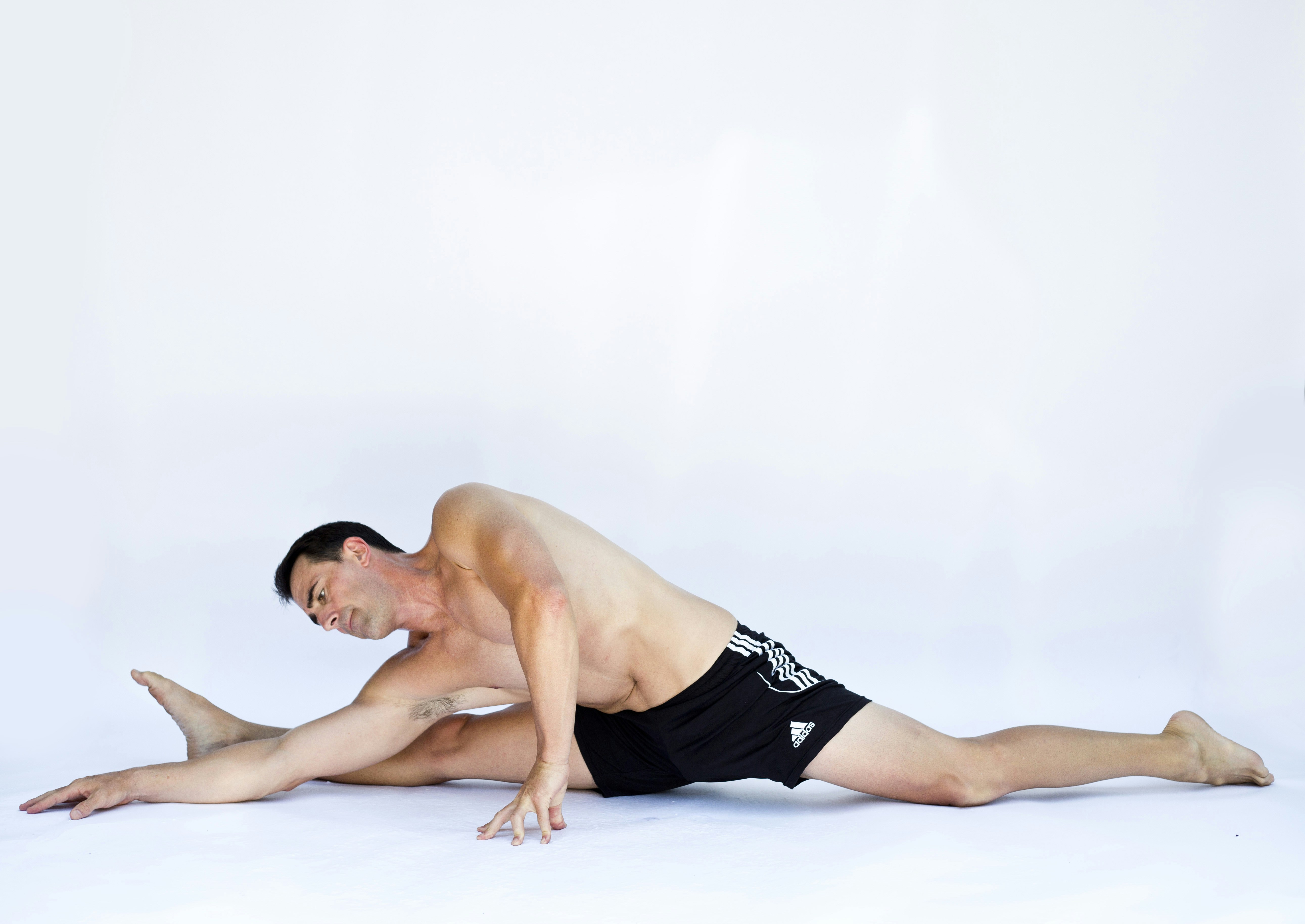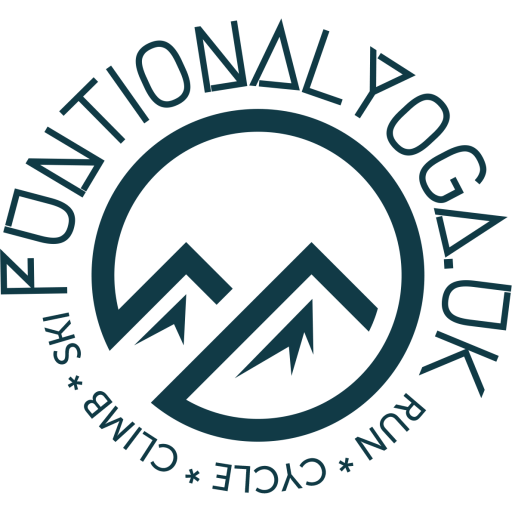
Understanding Shoulder Anatomy and Function
The shoulder joint is a marvel of human anatomy, characterized by its complex structure and incredible range of motion. Comprising several key components, including bones, muscles, and ligaments, the shoulder is uniquely designed to support a variety of movements essential for daily activities and athletic performance. The primary bones that constitute the shoulder are the clavicle (collarbone), the scapula (shoulder blade), and the humerus (the upper arm bone). The interaction between these bones enables the shoulder’s dynamic functionality.
The glenohumeral joint, where the humerus fits into the shallow socket of the scapula, is pivotal for shoulder mobility. This ball-and-socket structure allows for multidirectional movement, which is essential for actions such as reaching overhead, throwing, and lifting. However, the broad range of motion also makes the shoulder joint vulnerable to various injuries, particularly due to overuse or trauma. Maintaining shoulder stability is crucial, and this is largely supported by the rotator cuff, a group of four muscles and their associated tendons that encircle the glenohumeral joint, providing both stability and strength.
In addition to the rotator cuff, several ligaments contribute to shoulder integrity, such as the coracoacromial and glenohumeral ligaments. These structures work together to permit mobility while simultaneously preventing dislocation and other injuries. Understanding the intricate anatomy of the shoulder enables individuals to appreciate the importance of shoulder mobility in both everyday tasks and athletic endeavors. Efficient shoulder function is essential not only for physical activities but also for enhancing quality of life, highlighting the need for proper care and attention to this crucial area of the body.
Common Issues Affecting Shoulder Mobility
Shoulder mobility can be significantly affected by various conditions, each presenting unique challenges and symptoms. One common issue is frozen shoulder, clinically known as adhesive capsulitis. This condition is characterized by stiffness and pain that restricts the range of motion in the shoulder joint. Often developing gradually, the symptoms can emerge after a period of immobilization, or result from injury. Individuals may experience difficulty in performing daily activities that require arm elevation or rotation.
Another prevalent issue that affects shoulder mobility is rotator cuff injuries. The rotator cuff comprises a group of muscles and tendons that stabilize and enable the shoulder joint to function properly. Injuries can arise from acute trauma, repetitive overhead activities, or degeneration over time. Symptoms include persistent shoulder pain, weakness, and limited motion, which can detrimentally impact a person’s ability to engage in sports or routine tasks.
Tendinitis is also a factor contributing to restricted shoulder mobility. This involves inflammation of the tendons, often due to repetitive overhead motions or chronic overuse. The resulting pain usually intensifies with movement, leading to compensatory patterns that may further exacerbate shoulder dysfunction.
Shoulder impingement syndrome is another issue that can hinder mobility. This occurs when the shoulder blade impinges on the tendons of the rotator cuff or the bursa, leading to pain and inflammation. Individuals may notice discomfort during overhead activities and may be hesitant to raise their arms due to fear of exacerbating their symptoms.
Addressing these shoulder conditions early is crucial for effective management. Early diagnosis can facilitate appropriate intervention, preserving shoulder functionality and improving an individual’s quality of life. Recognizing the symptoms and understanding their implications is the first step towards effective treatment and rehabilitation.
Effective Exercises to Enhance Shoulder Mobility
Improving shoulder mobility is crucial for overall functional movement and reducing the risk of injuries. A combination of mobility drills, stretching techniques, and strengthening exercises can significantly enhance shoulder flexibility and stability. Below is an overview of effective exercises designed to unlock the full potential of your shoulder joints.
1. Pendulum Swings: Stand next to a sturdy surface, such as a table. Lean over slightly, allowing one arm to hang down. Gently swing the arm in small circles, gradually increasing the motion’s range. Perform 2 sets of 10 circles in each direction to promote mobility and loosen the shoulder.
2. Wall Angels: Stand with your back against a wall, feet about six inches away. Keep your lower back touching the wall. Raise your arms to shoulder height, keeping them flat against the wall. Slowly slide your arms up and down in a “snow angel” motion. Aim for 2 sets of 10 repetitions to enhance shoulder movement and control.
3. Sleeper Stretch: Lie on your side with the shoulder you want to stretch on the floor. With your opposite hand, gently press down on the arm of the stretched shoulder, feeling a stretch in the area. Hold the position for 20-30 seconds, completing 2-3 repetitions. This exercise is effective for increasing flexibility in the posterior shoulder.
4. Resistance Band External Rotation: Attach a resistance band to a stable surface at elbow height. Stand sideways to the band and hold it with the hand of the closest shoulder. Keep your elbow at your side and rotate your arm outward. Perform 2 sets of 10-15 reps to strengthen the rotator cuff and improve stability.
When performing these exercises, it is important to focus on proper form to avoid injury. Ensure movements are slow and controlled, and avoid any exercise that causes sharp pain. Regular practice of these exercises can yield significant improvements in shoulder mobility over time, leading to better overall performance in various activities.
Integrating Shoulder Mobility into Your Daily Routine
Incorporating shoulder mobility exercises into your daily routine can significantly enhance overall shoulder health, whether you are an athlete or someone who spends long hours at a desk. For those with pre-existing conditions, a personalized approach in integrating these movements is necessary to ensure safety and effectiveness.
A practical warm-up routine tailored for athletes should include dynamic stretches that prepare the shoulders for activity. Movements such as arm circles, shoulder shrugs, and wall slides can be performed for a few minutes before engaging in more strenuous activities. These exercises not only promote flexibility but also improve circulation, reducing the risk of injury during high-intensity workouts.
Individuals working in office settings can also benefit from simple stretches that can be performed right at their desks. For instance, seated shoulder rolls and cross-body arm stretches are effective in alleviating tension from prolonged computer use. Taking brief breaks every hour to engage in these stretches can promote better posture and prevent shoulder stiffness, which is particularly common for those who remain seated for extended periods.
Maintaining proper posture throughout the day is crucial for shoulder mobility. Simple tips such as adjusting chair height, ensuring screens are at eye level, and using ergonomic equipment can contribute to better alignment. Being mindful of your posture not only supports shoulder health but also enhances overall comfort and productivity.
Consistency is key when it comes to integrating shoulder mobility exercises into daily life. By committing to short, frequent sessions over time, individuals can notice significant improvements in flexibility and strength. The cumulative effects of these mobility exercises contribute not only to immediate benefits but also to long-term shoulder health and functionality, fostering a physically active lifestyle.



